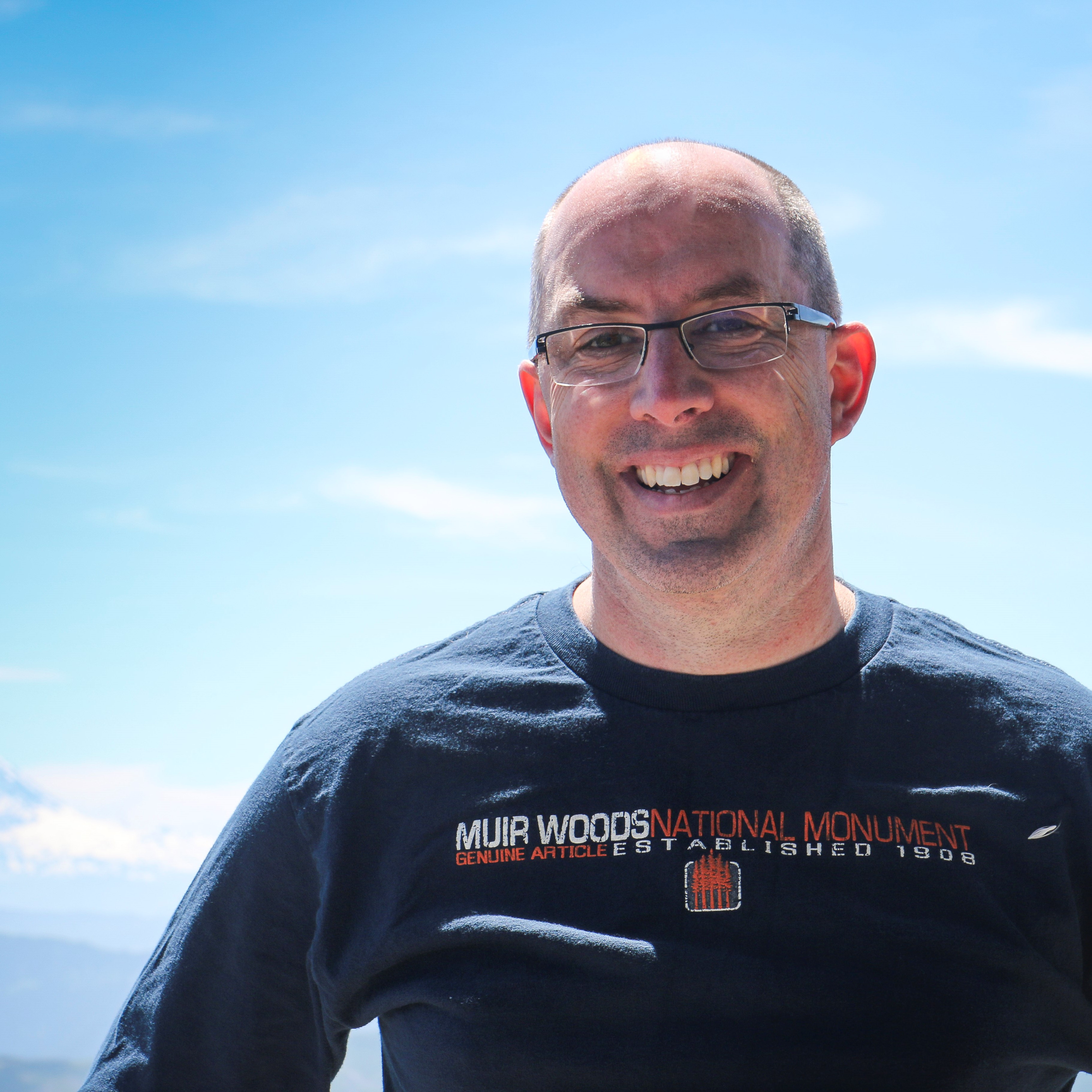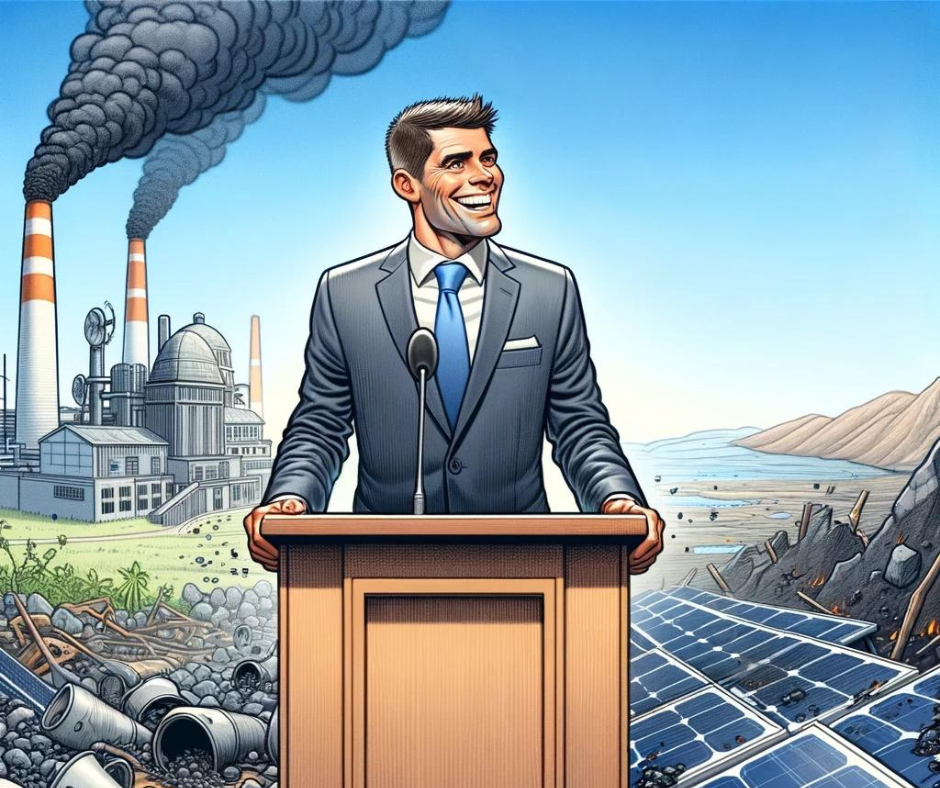Environmental Council Forest Project Will Probably Backfire
Environmental reporter Lynda Mapes wrote recently about a project facilitated by the Washington Environmental Council (WEC) to buy forestland and count the tree growth as a carbon-reduction project. Forestry offset programs have been around for a while, but have largely been dropped in favor of other efforts, for a variety of reasons.
It is worth noting that this project is ironic, because the WEC and its allies in the Seattle environmental community have actually opposed exactly these types of carbon offsets in the past, lobbying against them in Olympia. Adding further irony is that while many carbon offset projects can be successful, forestry-related offsets are perhaps the worst of the options.
The bottom line is that the $3.3 million spent on this project will probably increase carbon emissions.
Here are some issues we wish Lynda would have investigated before writing the story.
- Counting carbon from an existing forest is probably double counting.
The story itself says the trees "are now doing double duty" by reducing atmospheric carbon. Actually, they are already storing the carbon, so they are still doing the single duty of growing. The carbon being stored isn't new and the purchase of the forest isn't increasing the amount of carbon being absorbed by the forest.
More technically, this may fail the "additionality" test. Without evidence that this forest would have been lost without the purchase, there is no evidence it increases carbon storage.
Further, even if this land is not harvested, it does not reduce overall demand for wood products. Another forest may be harvested in place of this one to satisfy that demand, creating no net gain in carbon storage worldwide.
- Substituting the wood for concrete and steel would be better.
The article notes the project would take "the land out of industrial forestry, with its shorter rotations before harvest." The problem, however, is that wood production stores the carbon while also reducing demand for energy-intensive construction materials like concrete and steel.
Two years ago, the Pacific NW Research Station of the U.S. Forest Service wrote an excellent paper titled "Do carbon offsets work? The role of forest management in greenhouse gas mitigation." Their conclusion is simple: "Using wood products instead of more energy-intensive materials such as steel, aluminum, plastic, and concrete provides substantial net emissions reductions. Unlike fossil fuel-intensive products that release new atmospheric carbon, wood products can store carbon for centuries."
If demand for building materials shifts from wood to concrete or steel, it will actually increase total energy use and emissions. As the University of Washington points out, harvesting every 50 years could reduce carbon emissions by 4 times the carbon stored in the forest over 100 years.This is why the Intergovernmental Panel on Climate Change (IPCC) endorsed sustainable timber harvest. In its 2007 report, the IPCC wrote “In the long term, a sustainable forest management strategy aimed at maintaining or increasing forest carbon stocks, while producing an annual sustained yield of timber, fiber, or energy from the forest, will generate the largest sustained mitigation benefit.”
- Old trees actually start emitting carbon as they age.
Mapes writes, "the trees will have a chance to get big and fat, as they gobble carbon dioxide from the air for at least the next 100 years." The rate of growth, however, slows dramatically over time and as forests age, they begin emitting carbon.
Additionally, Mapes claims, "the total will get bigger as the trees do." But the trees stop getting bigger at some point and total carbon reduction is related to the growth rate of all the trees not just the big trees. The forest purchased for an offset is most likely approaching maturity and the carrying capacity of the land. As trees get bigger they ultimately crowd out other trees that die and release their carbon back to the atmosphere. After a certain age, about 70 years in Western Washington, the rate of tree growth declines and the trees absorb less carbon, going to zero about year 100.
Unless the trees in the forest are currently one-year old, the net forest carbon will likely stop growing for many years before this agreement is done.
- Thinning is necessary to maximize carbon reduction.
Even if the stand is left to grow for 100 years, the stand will need to be thinned to allow maximum growth for remaining trees. The Washington state Department of Natural Resources compared management practices to determine the approach that would best store carbon. DNR's Environmental Impact Statement notes that without thinning "More young trees would die and decay, releasing carbon into the atmosphere."
It is unclear whether this is a part of the purchase or whether the forest will be unmanaged. If it is not managed properly, it will lose a huge opportunity to reduce carbon.
- The UN does not generally support forest-related offsets.
For those traveling across the globe to the Paris Climate Conference, like Governor Inslee, the United Nations is selling carbon offsets to mitigate the fuel used to fly. Notably, forestry is not on the list of approved projects.
The UN has a long history of skepticism about forestry-related carbon offsets. NPR's Planet Money recently did a podcast highlighting the failure of these types of projects in the past. The NPR story is too dismissive of offsets overall, but does a nice job of demonstrating some of the pitfalls, especially with forestry-related offsets.
Ironically, hydro power, which Washington state does not consider "renewable," is listed as an effective carbon-reduction project.
- Nobody has an incentive to highlight the failure of the project.
One problem with offsets is that neither the buyer nor the seller has an incentive to make sure the carbon reduction is actually delivered. The land trust and the Washington Environmental Council want the project to succeed because they don't want to give back the money. The buyer wants the project to succeed because failure means additional costs and the difficulty of finding another project.
Unlike a typical buyer-seller arrangement where they hold each other accountable, both buyer and seller would prefer to ignore problems, pretending the carbon reduction is occurring as planned.
That's why there are third-party organizations like Green-e that certify reductions are real. It is worth noting that none of Green-e's certified projects are forestry-related.
I'll stop there. Forestry can be an important part of reducing carbon emissions and decreasing energy use. It is active forestry, not simply letting trees grow and then decay, that will make the biggest difference. Carbon reduction investments can be one way to reduce emissions, but the Washington Environmental Council found the worst possible implementation of that approach.




